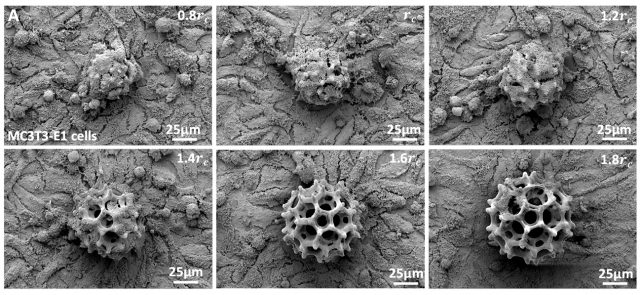MI weekly selection #291

Researchers deliver cells to mice, zebrafish using tiny robots
Magnetic microrobots about the width of a hair have delivered cells to preselected sites within living mice and zebrafish. Researchers say the technology may one day be used in cell therapy and regenerative medicine.
Survey locates previously unknown galaxy cluster
A previously unknown galaxy cluster has been discovered about 2.4 billion light-years away near the quasar PKS1353-341. Researchers examined data from a number of all-sky surveys, looking for bright X-ray light sources that could be hidden galaxy clusters.
More rivers, streams on Earth than once thought
Earth is covered with more rivers and streams than previously thought. Researchers examined thousands of satellite images and used specialized software to determine that, excluding glaciers, there are nearly 773,000 square kilometers of streams and rivers worldwide.
Closest view of Zika virus ever
Scientists used cryo-electron microscopy to get the best look to date at the Zika virus in the hope of finding its weaknesses. The examination is the closest look researchers have had at any flavivirus.
Russia working on non-nuclear submarine power
Russia is forgoing nuclear power in research aimed at developing an autonomous submarine that can pass through the Northern Sea Route. Scientists are working on external-combustion propulsion with the use of Stirling engines, which they believe have the potential to provide the kind of prolonged underwater power currently only available by nuclear methods but without the safety risk.